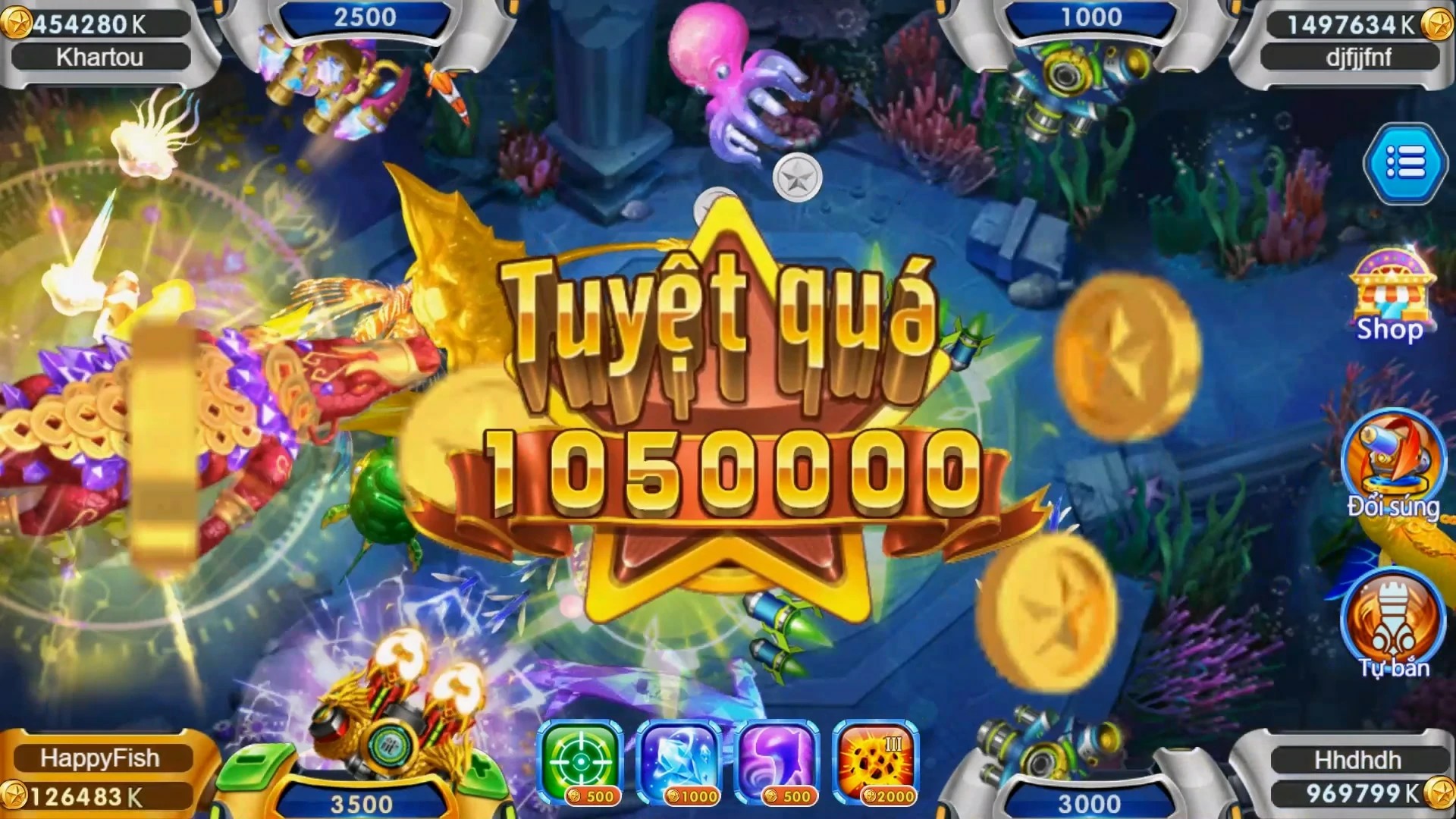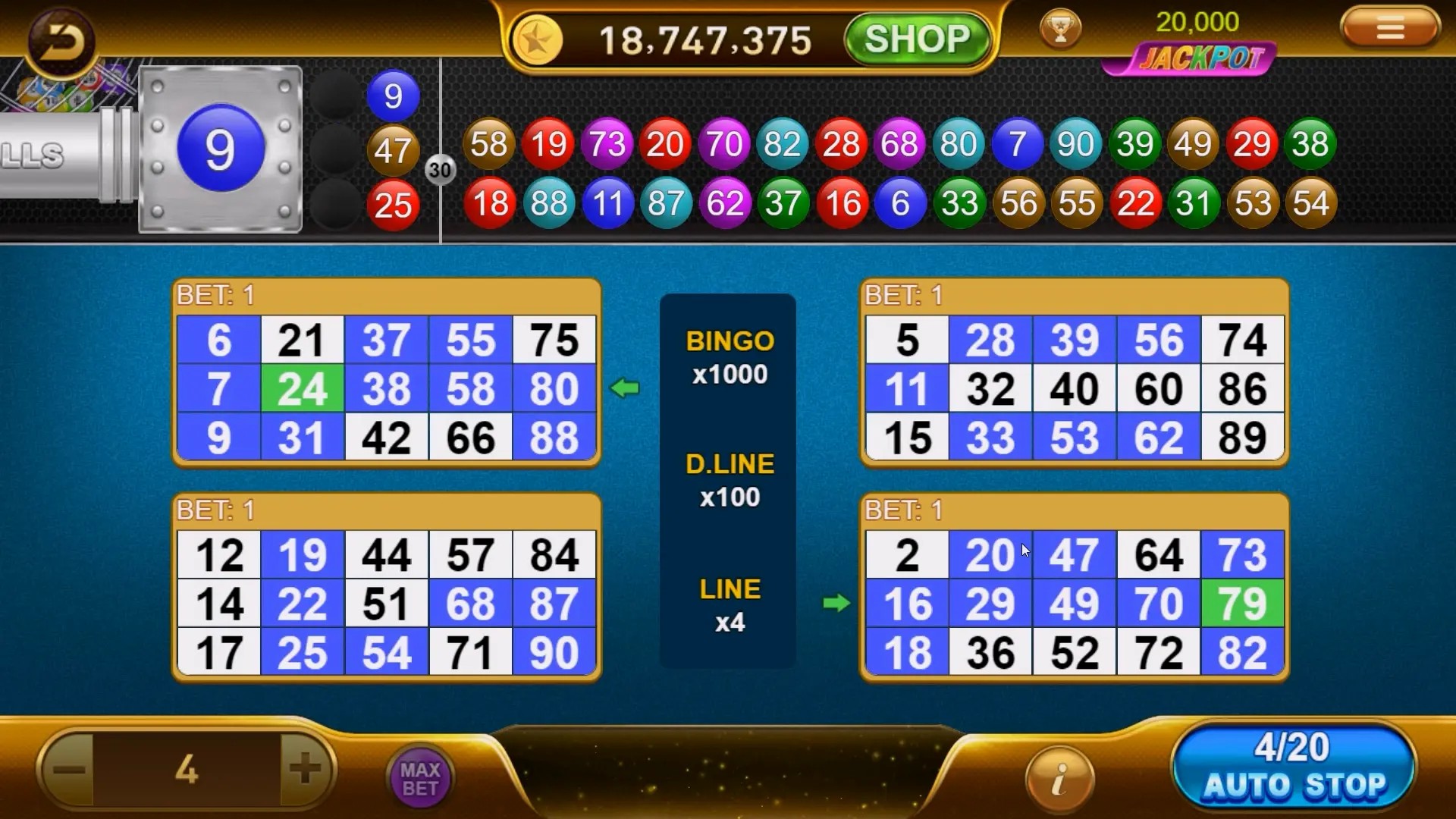Why Casual Games are the Next Big Thing in Creative Entertainment
Introduction
In recent years, casual games have taken the world by storm, transforming the way we perceive entertainment. The rise of these games has been driven by their accessibility, engaging gameplay, and a rapidly evolving digital landscape. This article will delve into the various aspects that make casual games the next dominant force in creative entertainment.
What Are Casual Games?
Casual games are typically characterized by their simple mechanics, easy-to-understand rules, and relatively short gameplay sessions. Unlike traditional games that often require extensive commitment and skill, casual games cater to a broader audience, inviting both seasoned players and newcomers alike to participate. Titles such as Clash of Clans exemplify this trend, allowing players to build and battle while enjoying vibrant graphics and social interaction.
The Explosion of Casual Gaming
According to a recent report, the casual gaming market is projected to reach several billion dollars by the end of this decade. Factors contributing to this surge include:
- Widespread smartphone adoption
- Increased internet accessibility
- The rise of social media and influential gaming communities
These elements have made it easier for casual games to flourish, giving rise to new genres and creating fresh opportunities for developers and players alike.
Clash of Clans: A Case Study
As one of the most successful mobile games of all time, Clash of Clans serves as a perfect example of the appeal of casual gaming. With its simple gameplay that allows players to build their own bases and collaborate in clans, it blends strategy, community, and competition seamlessly. The various clan features enhance social interactions, making gaming a shared experience.
Creativity in Game Design
Casual games are proving to be more than just mindless distractions; they’re evolving into platforms for creative expression. Many developers are harnessing innovative narratives, unique art styles, and interactive elements that not only entertain but also inspire. The iterative nature of game design allows for constant feedback and improvement, making the games more engaging over time.
Player Engagement and Retention
Creating games that captivate players is crucial for success. Casual games are designed to be addictively fun, often encouraging players to return for "quick sessions" throughout their day. This constant engagement often hinges on:
- Daily challenges
- Social sharing mechanisms
- In-game rewards
By implementing these features, developers can keep players coming back, transforming short play times into long-lasting habits.
The Last God of War Game and Casual Gaming
The allure of story-driven games can also intertwine with casual gaming experiences. Although the last God of War game is considered more of a hardcore experience, it demonstrates how storytelling can enhance player involvement. Casual games can adopt similar narrative techniques, offering players a more immersive world without the steep learning curve.
Accessibility and Inclusivity
One of the hallmarks of casual games is their commitment to accessibility. These games often cater to a diverse range of players, devoid of barriers that traditional gaming can impose. By being inclusive, casual games welcome everyone, regardless of age or background. Such inclusivity broadens the gaming community and encourages more varied perspectives in game design.
Trends Shaping the Future of Casual Gaming
Several emerging trends indicate where casual gaming is headed:
| Trend | Description |
|---|---|
| AR Integration | Augmented reality features are becoming more common, blending the virtual and real worlds. |
| Social Interactivity | Games that prioritize social experiences will thrive as connectivity increases. |
| Cross-Platform Play | Offering gameplay across devices encourages participation from various user groups. |
Marketing Casual Games Effectively
The marketing landscape for casual games is shifting. Emphasizing user-generated content, community feedback, and influencer collaborations helps to create impactful campaigns. Engaging potential players through social media can lead to rapid success, as the casual audience is often more receptive to organic, relatable content.
Challenges in the Casual Gaming Space
Despite the phenomenal growth, challenges persist. Market saturation means developers must innovate continuously to capture player interest. Additionally, balancing monetization with player satisfaction is crucial. Players may be deterred by aggressive in-game purchases, leading developers to rethink their strategies.
Conclusion
Casual games are undeniably reshaping the landscape of creative entertainment. Their accessibility, social integration, and innovative designs appeal to a vast audience eager for engaging experiences. As gaming continues to evolve, it's crucial for developers to recognize this shift and harness the opportunities it presents. Whether through intensive storytelling or simply entertaining gameplay, casual gaming is set to lead the charge into a more creative, collaborative future. As the trends unfold, we can only expect this dynamic industry to reach new heights, capturing the imagination of players worldwide.



